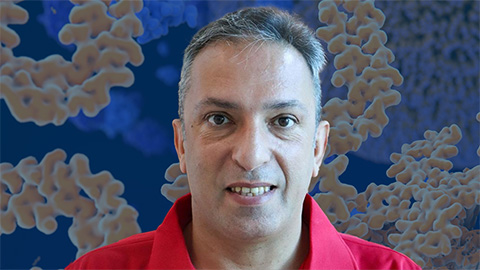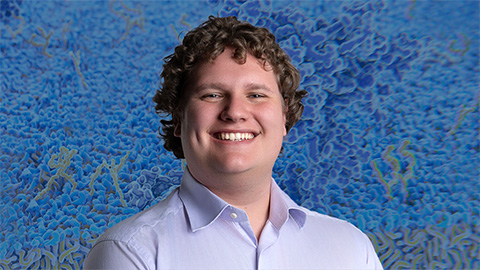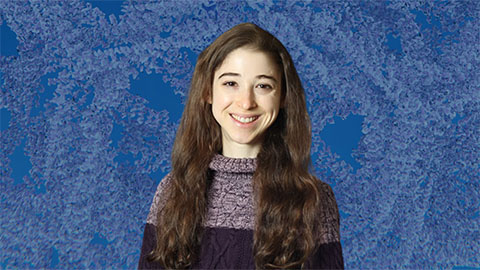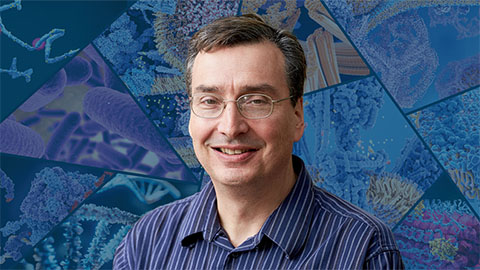In memoriam: Mary Ann Williams
Mary Ann Williams, a nutritionist who taught at the University of California, Berkeley and a member of the American Society for Biochemistry for more than 30 years, died Sept. 20, 2022 at the Knolls of Oxford in in Oxford, Ohio. She was 97.

Williams was born May 18, 1925, in Albany, New York, to Boyd and Anna (nee Wolfe) Williams. She received a bachelor’s degree in nutrition from Iowa State University and then went on to pursue advanced degrees in an era when few women enrolled in postgraduate programs, earning a master’s in biochemistry from Cornell University and a Ph.D. in nutrition from the University of California, Berkeley.
Williams served on the faculty at the University of California, Berkeley for 36 years, starting in 1955. The John Simon Guggenheim Memorial Foundation awarded her a fellowship in 1963. She officially retired in 1991 but continued to teach part-time into the late 1990s.
In a 1996 interview with California Agriculture, a newsletter, Williams reflected on the early days at her university’s College of Agriculture, of which she was a part. The poultry department was paying her graduate stipend, so she had to learn some “practical poultrying,” she said.

Later, she was close to early nutrient research made possible by radioisotopes and other postwar advances. “The major emphases were human protein and mineral requirements, especially zinc, iron and calcium,” Williams told the newsletter. “The results of these studies provided information that has been basic to establishing the currently used recommended daily allowances made by the Food and Nutrition Board of the National Research Council.”
Williams also voiced concerns about water and land management in her adopted state of California in the interview. “I visit Germany frequently so I know that Germany has the size of California and twice the population,” she said. “Central Europe has been crowded for a long time, so they know how to keep cities more livable and people-friendly, policies that reduce the need to sprawl into farmland or other open land.”
Williams, who had no known survivors, spent her last 22 years in Oxford, Ohio. Outside her academic interests, she was a fan of opera, other classical music, and tennis.
Enjoy reading ASBMB Today?
Become a member to receive the print edition four times a year and the digital edition monthly.
Learn moreGet the latest from ASBMB Today
Enter your email address, and we’ll send you a weekly email with recent articles, interviews and more.
Latest in People
People highlights or most popular articles

In memoriam: Alan G. Goodridge
He made pioneering discoveries on lipid metabolism and was an ASBMB member since 1971.

Alrubaye wins research and teaching awards
He was honored at the NACTA 2025 conference for the Educator Award and at the U of A State and National Awards reception for the Faculty Gold Medal.

Designing life’s building blocks with AI
Tanja Kortemme, a professor at the University of California, San Francisco, will discuss her research using computational biology to engineer proteins at the 2026 ASBMB Annual Meeting.

Jordahl named Gilliam Fellow
He will receive three years of funding to support his thesis research.

Bibel named assistant professor
She began her position at Loyola Marymount University in August 2025.

Unraveling the language of histones
Philip Cole presented his research on how posttranslational modifications to histones are involved in gene expression and how these modifications could be therapeutically targeted to treat diseases like cancer.
